
Filter News
Area of Research
- (-) Building Technologies (2)
- (-) Materials (73)
- Advanced Manufacturing (6)
- Biological Systems (4)
- Biology and Environment (11)
- Clean Energy (89)
- Climate and Environmental Systems (3)
- Computational Biology (1)
- Data (1)
- Energy Frontier Research Centers (1)
- Fossil Energy (2)
- Fuel Cycle Science and Technology (1)
- Fusion Energy (1)
- Isotope Development and Production (1)
- National Security (2)
- Neutron Science (43)
- Nuclear Science and Technology (20)
- Nuclear Systems Modeling, Simulation and Validation (1)
- Sensors and Controls (3)
- Supercomputing (40)
- Transportation Systems (1)
News Topics
- 3-D Printing/Advanced Manufacturing (3)
- Bioenergy (1)
- Biomedical (3)
- Composites (2)
- Computer Science (1)
- Energy Storage (2)
- Fusion (1)
- Grid (1)
- Isotopes (5)
- Materials Science (8)
- Microscopy (5)
- Nanotechnology (6)
- Neutron Science (3)
- Nuclear Energy (2)
- Physics (4)
- Polymers (3)
- Space Exploration (1)
- Transportation (1)
Media Contacts

A novel method developed at Oak Ridge National Laboratory creates supertough renewable plastic with improved manufacturability. Working with polylactic acid, a biobased plastic often used in packaging, textiles, biomedical implants and 3D printing, the research team added tiny amo...

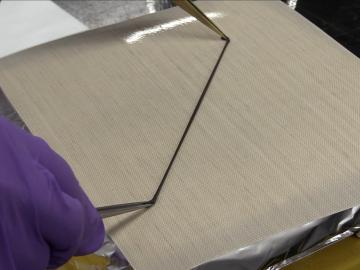
A novel approach that creates a renewable, leathery material—programmed to remember its shape—may offer a low-cost alternative to conventional conductors for applications in sensors and robotics. To make the bio-based, shape-memory material, Oak Ridge National Laboratory scientists streamlined a solvent-free process that mixes rubber with lignin—the by-product of woody plants used to make biofuels.
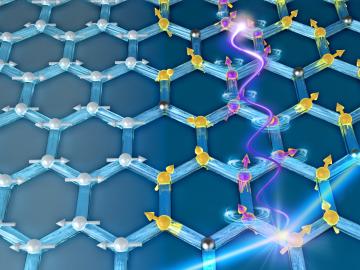

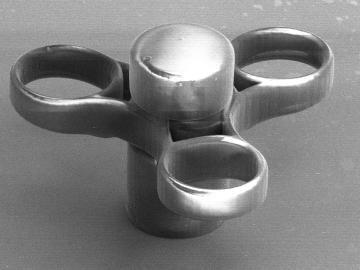
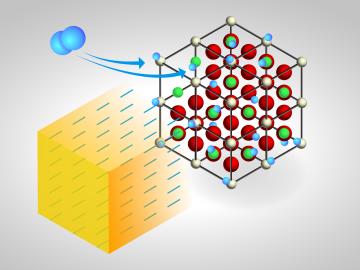
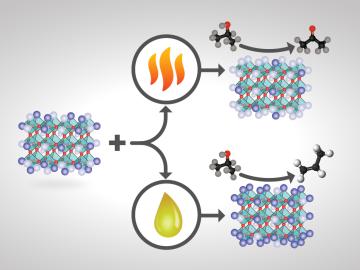
For some crystalline catalysts, what you see on the surface is not always what you get in the bulk, according to two studies led by the Department of Energy’s Oak Ridge National Laboratory. The investigators discovered that treating a complex
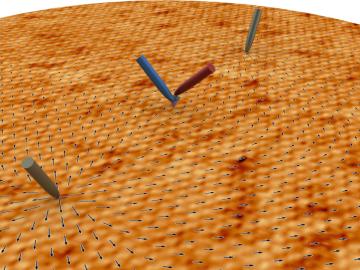
New method to detect spin current in quantum materials unlocks potential for alternative electronics
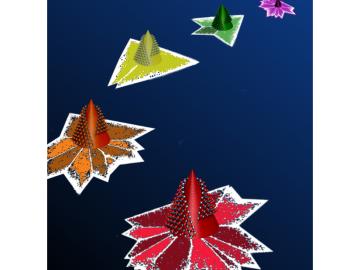
Rice University researchers have learned to manipulate two-dimensional materials to design in defects that enhance the materials’ properties. The Rice lab of theoretical physicist Boris Yakobson and colleagues at the Department of Energy’s Oak Ridge National Laboratory are combi...


